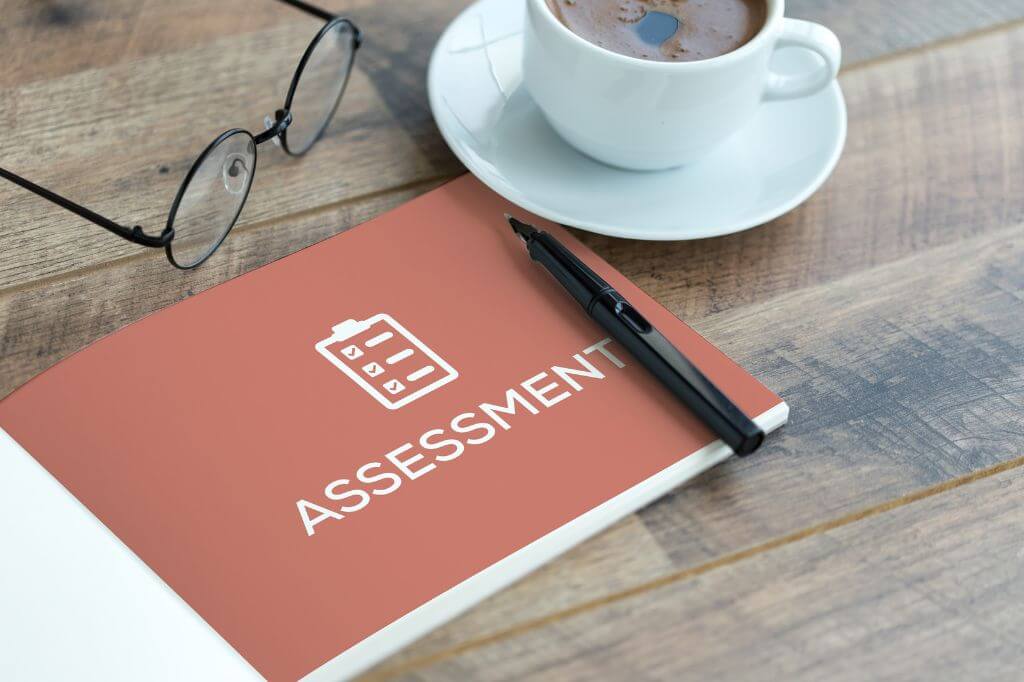The Teal Tracker’s New Feature: Root Cause Analysis Process
The Teal ‘Root Cause Analysis Process’, or ‘RCAP’, is a new, groundbreaking feature of the Teal Tracker. Here we explain what it does, how it works and how it can benefit you.
What does the Root Cause Analysis Process do?
The Root Cause Analysis Process forms part of the Incident Management module in the Teal Tracker, and is a yet another example of how law firms can use their compliance data to help reduce the future risk of claims, complaints and breaches.
At its core, it assists in identifying trends and reducing incidents through identification, analysis and learning, which will in turn protect clients, the firm and the team.
How does the Root Cause Analysis Process work, and how is AI involved?
The RCAP feature uses AI to assist firms in identifying root causes of issues or near misses. It forms part of the Teal Tracker’s Incident Management module, whereby firms can analyse incidents to drill down to root cause.
As with all our new features in the Teal Tracker, we’ve extensively asked our law firm partners how they would best like to see this work in practice, so its design is simple and intuitive.
Teal Tracker subscribers are invited to carry out a Root Cause Analysis Process using the ‘five whys’ methodology principle, which is a standard engineering concept developed way back in the 1950’s for Toyota’s production line. It is, at its core, really simple. The principle is that if you ask ‘why’ something went wrong five times, you’ll likely drill down to arrive at the core answer.
But the Teal RCAP combines this tried and tested practice with AI to generate the next response to each of the ‘five whys’ questions and to confirm the root causes and their weightings. This smartly assists users in drilling to the key root cause or causes, and skillfully assists law firms in getting to the true root cause and the granular detail of issues.
This is then automatically exported to the Teal Tracker’s management reports functionality. In turn, this allows trend analysis to be systematically identified in detail, and reflected back to the firm to ensure they can both learn and improve in the key areas they really need to focus on.
Why has Teal integrated AI into the Root Cause Analysis Process?
Teal has integrated generative AI into the solution so that AI can smartly create the next drill down question to ultimately display what has actually happened and its cause. This means users have smart options to drill down into the issues and figure out what precisely occurred and what contributed to each particular problem.
It will give the firm much more useful and intelligent data on which to make decisions or to deploy resource. This will assist in better use of budgets for training or capacity as well as ultimately reducing the number of claims, complaints and breaches that occur.
How is the Root Cause Analysis Process working in practice?
Teal has been trialling the solution in full, in live environments for some time and it’s working extremely well. That’s why we’re now proud to be able to roll-out this groundbreaking feature to all our Teal Tracker law firm partners.
Want to know more about the Teal Tracker?
At Teal, we’re here to support your journey towards compliance that works. Our compliance technology platform, Teal Tracker, is the solution to your compliance issues, ensuring you, your firm and your clients are safe.
To find out more about the Teal Tracker, or to book a demo, contact our team today!
The Teal Tracker’s New Feature: Root Cause Analysis Process Read More »








